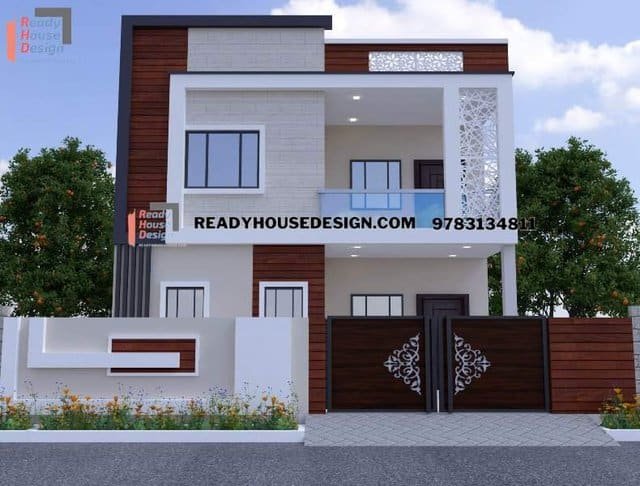vasthu for house construction in india
Harmonizing Home: Vastu Shastra for House Construction in India
In the rich tapestry of Indian culture, Vastu Shastra stands as a guiding force that has shaped the construction of homes for centuries. Rooted in ancient Indian wisdom, Vastu Shastra is the science of architecture that emphasizes creating harmonious living spaces by aligning them with the natural forces and energies. This article explores the intricacies of Vastu for house construction in India, delving into its principles, significance, and practical applications.

Understanding Vastu Shastra:
1. Core Principles:
Vastu Shastra is grounded in fundamental principles that seek to establish equilibrium between the five elements – Earth, Water, Fire, Air, and Space. The goal is to create an environment where positive energies flow freely, promoting health, prosperity, and overall well-being.
2. Directional Significance:
Vastu places great emphasis on the cardinal directions, each associated with specific elements and energies. The ideal orientation of a house considers factors such as the placement of rooms, entrances, and key features in relation to these directions.
3. Energy Flow:
The flow of energy, or “Prana,” is a central concept in Vastu. Designing spaces that allow for the free movement of positive energy is believed to enhance the overall quality of life for the occupants.
4. Cosmic Energy Alignment:
Vastu Shastra aligns the built environment with cosmic energies, drawing inspiration from the sun’s path, magnetic fields, and celestial influences. This alignment is believed to bring prosperity and positivity to the household.
Vastu Guidelines for House Construction:
1. Site Selection:
- Orientation: Ideally, the main entrance of the house should face the north or east to harness the positive energy from these directions.
- Topography: The land should be level, avoiding slopes that descend towards the south or southwest. A higher elevation in the south or west is considered auspicious.
2. Building Design:
- Shape and Layout: Square or rectangular layouts are preferred, as they symbolize stability and balance. Avoid irregular shapes.
- Entrance Placement: The main entrance should be well-lit and welcoming. Avoid obstructions and clutter near the entrance.
- Room Placement: Important rooms, such as the master bedroom and puja (prayer) room, are often recommended in specific locations for optimal energy flow.
3. Interiors:
- Color Scheme: The choice of colors in each room can influence the energy. For example, light colors are recommended for the northeast, while warmer tones may suit the southwest.
- Furniture Placement: Position furniture to allow for free movement and avoid blocking energy pathways. Diagonal arrangements are often encouraged.
- Mirrors: Strategic placement of mirrors can enhance natural light and create a sense of space. Avoid placing mirrors directly opposite the bed.
4. Elements and Directions:
- Water Features: If incorporating water elements, such as a fountain or pond, place them in the north or east. Avoid placing water features in the southwest.
- Fire Elements: The kitchen, representing the fire element, is traditionally placed in the southeast. Cooking facing east is considered auspicious.
- Air and Ventilation: Adequate ventilation is crucial. Ensure a flow of fresh air from the north or east and use windows for cross-ventilation.
- Earth Elements: Grounding elements, such as indoor plants, are recommended in the northeast. Avoid heavy objects in this direction.
5. Symbolic Considerations:
- Sacred Geometry: Incorporating sacred geometric patterns, such as the mandala, can enhance positive energies in the home.
- Vastu Purusha Mandala: The Vastu Purusha Mandala, a symbolic representation of cosmic energy, influences the placement of rooms and features within the house.
- Energy Centers: Identifying and enhancing energy centers, or “Brahmasthan,” at the heart of the house is integral to Vastu design.
Practical Applications in House Construction:
- Plot Orientation:
- Before commencing construction, align the building with the cardinal directions. The main entrance should ideally face north or east.
- Room Placement:
- Assign specific functions to rooms based on Vastu guidelines. For example, the master bedroom is often recommended in the southwest for stability.
- Balanced Construction:
- Ensure symmetry and balance in the design. Avoid irregular shapes or extensions that disrupt the flow of energy.
- Puja Room Placement:
- The puja room, dedicated to spiritual practices, is ideally placed in the northeast. Maintain a clean and serene atmosphere in this sacred space.
- Color Harmony:
- Choose a color palette that aligns with Vastu principles. Soft and soothing colors for bedrooms, vibrant hues for living areas, and neutral tones for common spaces.

